What are the processing procedures for raw coffee beans? Coffee bean treatment
As the cafe culture grows, many people fall in love with coffee, but most coffee consumers don't understand how coffee went from trees to drinkable coffee. Chongqing brista coffee west point training college now take you to know it.
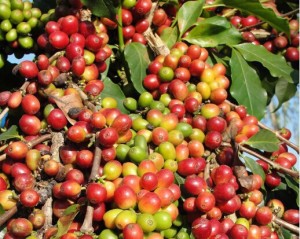
1. The ripe coffee fruit on the tree can be picked at this time, and picking coffee is also a difficult job.
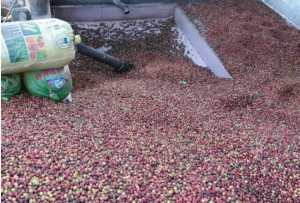
2. Picked fresh coffee into the trough, only mature coffee can make good coffee, so immature fresh fruit should be picked out.
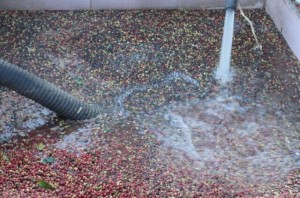
3. Pour clean water into the pool to wash the fresh coffee. Lighter berries will float on the water, along with leaves and twigs, using a hedge to remove them.
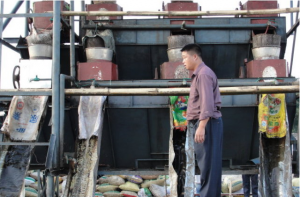
4. Use a peeler to remove the pulp from the coffee.
The purpose of pulp removal is to separate the pulp from the seed coat of the coffee bean. The pulp is removed by squeezing the berries. Because ripe berries contain a lot of water, coffee beans in their skins pop out easily when the berries are squeezed.
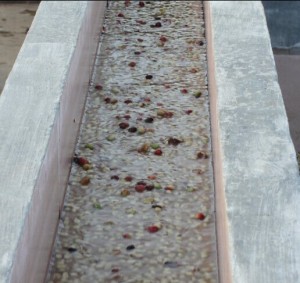
5. and enters the fermentation tank through the drainage channel.
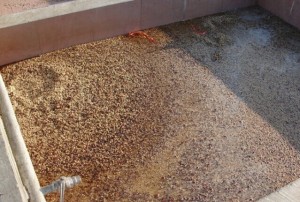
6. The next step is to remove the mucus.
The goal is to remove the mesocarp residue that clings to the seed coat after removal of the pulp. Since this mucus is insoluble in water and adheres tightly to the seed coat, it cannot be removed by simple washing alone, so it needs to be washed after fermentation. In Fushan, this process is mainly accomplished through natural fermentation. The term fermentation is not 100% accurate because no biochemical reactions take place inside the coffee beans. It is more appropriate to refer to this process as mucilage removal by biochemical reaction or hydrolysis. This reaction is caused by enzymes naturally present in coffee berries.
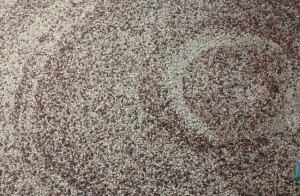
7. Cleaning.
The fermentation time varies from 6 to 72 hours, depending on conditions such as temperature, amount of mucus, and concentration of digestive enzymes. Coffee beans can be cleaned by placing the coffee in a fermenter until the mucus is completely broken down.
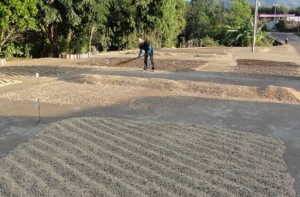
8. Clean coffee beans to be placed in the sun drying.
The key to coffee quality is to stop fermentation at the right time, because excessive fermentation can lead to so-called stinky coffee beans. If fermentation is insufficient or too slow, butyric acid or propionic acid is produced, both of which adversely affect coffee quality.
Fermented coffee with skin needs to be washed immediately after fermentation to terminate the process. However, after removing mucus and before washing, it may be necessary to soak the coffee with skin in water for 12 to 24 hours to reduce the bitter taste of the coffee beverage.
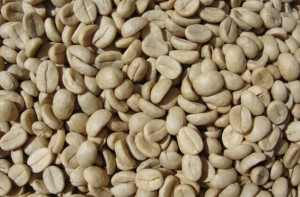
9. Sunned coffee beans are the raw materials of coffee beans, and at this time they are still raw beans.
10. Fried coffee. After the coffee cools, it can be stored away. Coffee processing is now complete.
Important Notice :
前街咖啡 FrontStreet Coffee has moved to new addredd:
FrontStreet Coffee Address: 315,Donghua East Road,GuangZhou
Tel:020 38364473
- Prev

The basic steps of Coffee drawing skills
The basic steps of coffee heart chart are as follows: 1. Slowly pour milk into the coffee, pay attention to grasp the height, do not destroy the coffee oil on the surface, the injection point of milk determines the pattern and basic position of the flower, we choose the milk injection point can be a little bit behind the center of the cup. two。 A ball appeared around the injection point when the coffee and milk in the cup were close to the capacity of 2gam3.
- Next
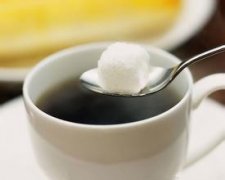
Treatment of Coffee fruits Coffee bean treatment
I would like to introduce the treatment of coffee fruits and the comparison of different ways. The following picture shows an enlarged coffee bean with pectin, in which pectin, parchment, silver skin and raw beans are clearly distinguished. Classification of Processing Method Coffee Fruit treatment methods are divided into dry (Dry Processing) and wet (Wet Processing) treatments according to whether the peel is removed or not.
Related
- What is the meaning of lactic acid fermentation with coffee bean treatment?
- How to judge the state of foam by sound?
- How does the latte pull out the unicorn pattern? Come to get for a little trick to improve the flower pull!
- Will flower pulling affect the taste of the latte?
- Do you know the history of coffee?
- The difference between honey treatment and sun washing what is raisin honey treatment?
- What kind of milk can a novice use to make coffee foam to keep the foam longer? The correct method and skills of milking tutorial sharing
- Why do washed coffee beans taste sour? Flavor characteristics of washed Coffee
- Introduction to the skill of how to practice the size and height of water injection around the circle of hand-brewed coffee
- How do beginners practice coffee flower drawing from scratch?

